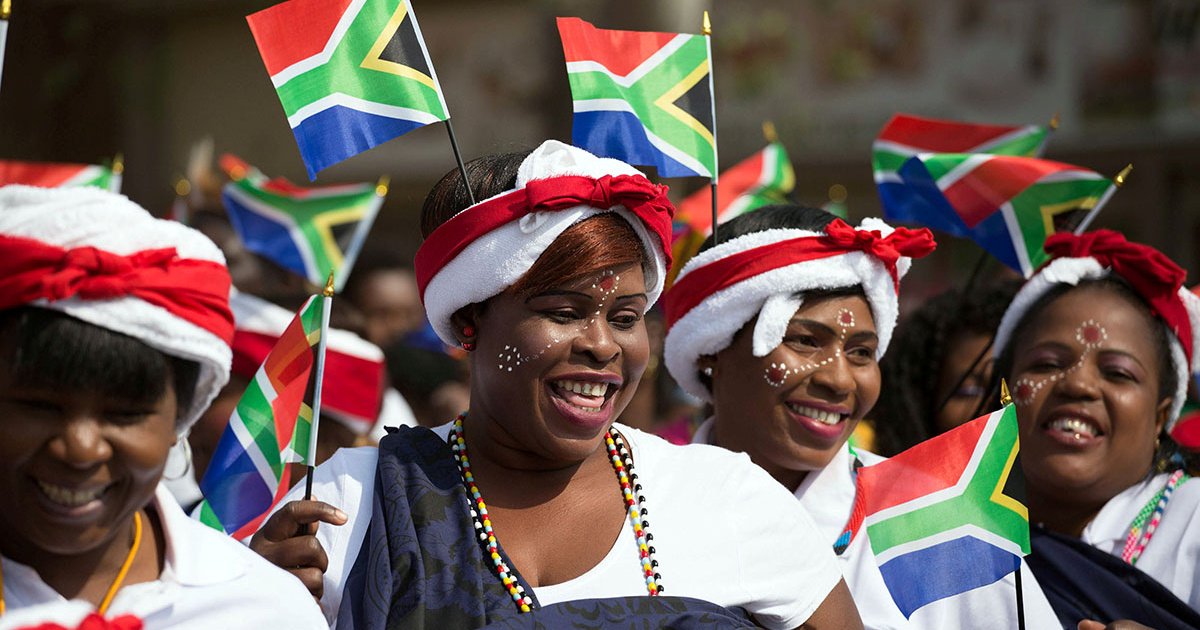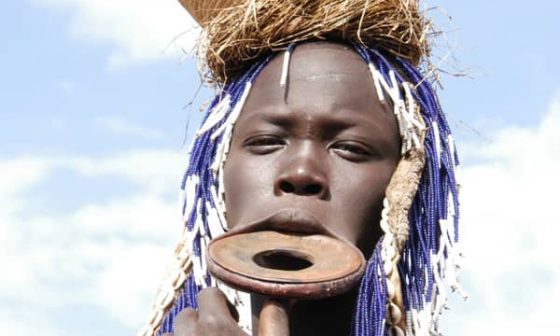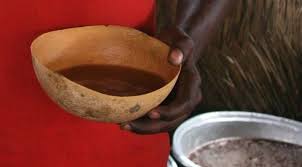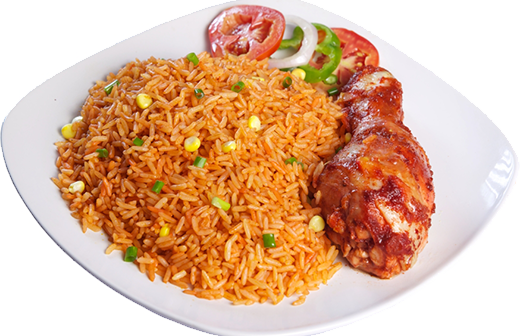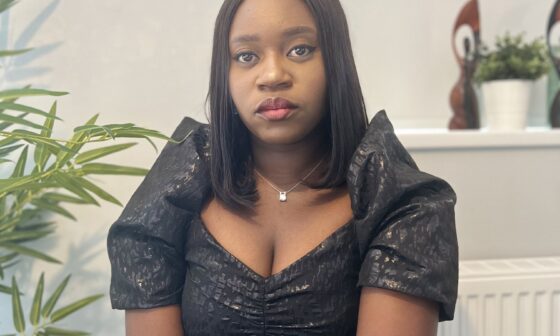Did you just read that correctly? Eleven official languages in one country? Well, yes you did! South Africa, a land known for its rich cultural diversity and stunning landscapes, is a country that boasts not just one or two official languages, but an impressive array of eleven official languages. This linguistic tapestry reflects the vibrant heritage and history of this remarkable nation. In this blog post, we embark on a linguistic journey to discover the 11 official languages of South Africa, each carrying its unique significance and contributing to the nation’s diverse cultural fabric.
Afrikaans
Derived from Dutch, Afrikaans is widely spoken across South Africa. It evolved from the language spoken by early Dutch settlers and is characterized by its unique pronunciation and vocabulary. Today, Afrikaans is the third most spoken language in South Africa, and it plays a significant role in the nation’s literature and media.
English
As a global language, English holds a prominent position in South Africa. It serves as a common language for communication and is widely used in education, business, and government affairs. English is a unifying force in a country with such linguistic diversity and contributes to South Africa’s international connections.
isiNdebele
isiNdebele, a Bantu language, is primarily spoken by the Ndebele people in Mpumalanga and Gauteng provinces. Known for its distinctive clicking sounds, isiNdebele carries the cultural heritage of the Ndebele community and adds to the linguistic richness of South Africa.
isiXhosa
isiXhosa, one of the country’s most widely spoken languages, is native to the Xhosa people. It gained international recognition through the prominent figure of Nelson Mandela, who delivered his inaugural presidential speech in isiXhosa. This language is rich in oral traditions, music, and storytelling, preserving the heritage of the Xhosa community.
isiZulu
isiZulu is the most widely spoken language in South Africa, with a significant number of native speakers in KwaZulu-Natal province. It is renowned for its rhythmic and melodic qualities, with a complex grammar and vocabulary. isiZulu plays a vital role in the nation’s arts, music, and literature.

Sepedi
Also known as Northern Sotho, Sepedi is spoken primarily by the Pedi people. This Bantu language is characterized by its tonal structure and is rich in idioms and proverbs. Sepedi serves as a significant language in education, media, and cultural activities in the Limpopo province.
Sesotho
Sesotho, also referred to as Southern Sotho, is spoken by the Sotho people in Free State, Gauteng, and Lesotho. It is known for its harmonious sounds and is deeply embedded in the cultural identity of the Sotho community. Sesotho literature and oral traditions are essential for preserving the heritage and wisdom of the Sotho people.
Setswana:
Setswana, or Tswana, is primarily spoken by the Tswana people and is recognized for its complex grammatical structure. Setswana is an official language in Botswana as well and plays a crucial role in literature, media, and cultural expression in South Africa.
siSwati
siSwati, also known as Swazi, is spoken primarily in Eswatini and Mpumalanga province. It is a tonal language with a unique linguistic system. siSwati holds a special place in the cultural traditions, music, and rituals of the Swazi people, enriching the linguistic diversity of South Africa.
Tshivenda
Tshivenda, or Venda, is primarily spoken by the Venda people in Limpopo province. It has a rich oral tradition, including storytelling and poetry. Tshivenda is known for its intricate vocabulary and syntax, preserving the cultural heritage of the Venda community.
Xitsonga
Xitsonga, or Tsonga, is spoken by the Tsonga people in Limpopo, Mpumalanga, and Gauteng provinces. This language is characterized by its musicality and distinctive tones. Xitsonga has a strong presence in the nation’s music and dance traditions, showcasing the vibrant cultural expressions of the Tsonga community.
The eleven official languages of South Africa represent the incredible diversity and cultural heritage of the nation. From the clicks of isiNdebele to the melodic rhythms of isiZulu, each language carries its unique significance and contributes to the colorful tapestry that is South Africa. Embracing and celebrating these languages not only fosters a sense of belonging for different communities but also promotes cultural exchange and understanding. In a country known as the “Rainbow Nation,” these languages weave together a vibrant mosaic of linguistic expression, symbolizing the unity in diversity that defines South Africa.
